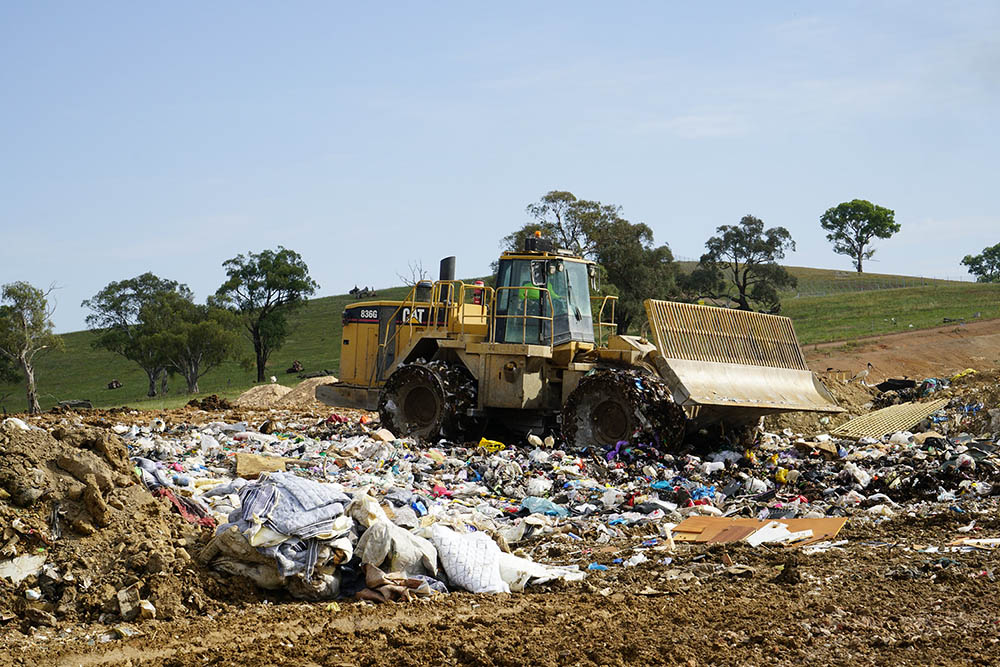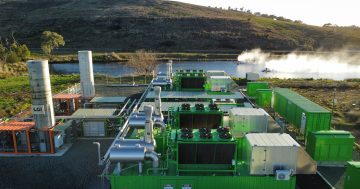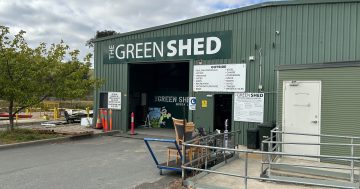
Mugga Lane landfill is more than just a ‘tip’. Photo: ACT City Services.
She can’t pinpoint the exact time it’s at its worst, but whenever Tirzah Anglin drives along the Monaro Highway to and from work each day, the car’s air-conditioning system sucks in the distinct smell of something rotting.
“It could be roadkill or something in Hume, but I always notice it along the highway,” she says.
Needless to say, she’s looking at the Mugga Lane Resource Management Centre, or ‘the tip’, as the culprit.
Since the 1970s, a mountain has risen at the site comprising an evergrowing mountain of thousands of tonnes of the stuff from the ACT’s red-lidded rubbish bins. The smell of all this slowly rotting is nothing new, but it seems to be worse now.
“It used to be a bit hit and miss,” the Calwell resident says.
“I would expect from time to time the stench would be worse than at other times, depending on the loads and wind direction, but the smell is constantly there now. It’s foul.”
To put it scientifically, over time, organic matter buried in landfill undergoes ‘anaerobic decomposition’ or breaks down without oxygen. This generates temperatures as high as 50 degrees Celsius and lots of methane.
Methane might be better known for its presence in burps and farts, but it is, in fact, odourless. The smell of rotten eggs Tirzah and others may be smelling is caused by hydrogen sulphide, another by-product.

The ACT’s Mugga Lane landfill site has four biofuel generators that turn biogas into electricity. Image: ACT Government.
Pollution levels at the Mugga Lane landfill site, including odour, are strictly regulated by the ACT Environment Protection Authority (EPA). In a statement provided to Region, the ACT Government said odours are kept at bay in several ways.
“These measures include scheduling maintenance activities around favourable weather conditions, minimising the duration of exposed waste excavations and covering disrupted landfill at the end of each day,” the spokesperson said.
“Odour monitoring is regularly undertaken to assess the intensity of odours during different weather conditions and time periods, including working and non-working hours throughout the day.”
The government also uses technology to turn some of the waste gases into precious electricity.
You might know this as a number of green shipping containers draped in large metal pipes opposite the Mugga Lane Solar Park. It’s called ‘landfill gas capture’ and, basically, the various smelly gases are extracted from beneath the dirt to power generators that create enough electricity to power 5700 homes.
Since the facility opened in June 2020, the four generators have turned 74.7 million cubic metres of biogas into 90-gigawatt hours of energy and kept 709,000 tonnes of carbon dioxide from entering the atmosphere.
In short, the government is confident “these controls are mitigating any odour”. But there are still good and bad days.
“Operational odour levels can vary due to the type of material being disposed of and differing weather conditions,” the spokesperson said.
The best solution if you’re driving by? Put the aircon on recirculation mode.














